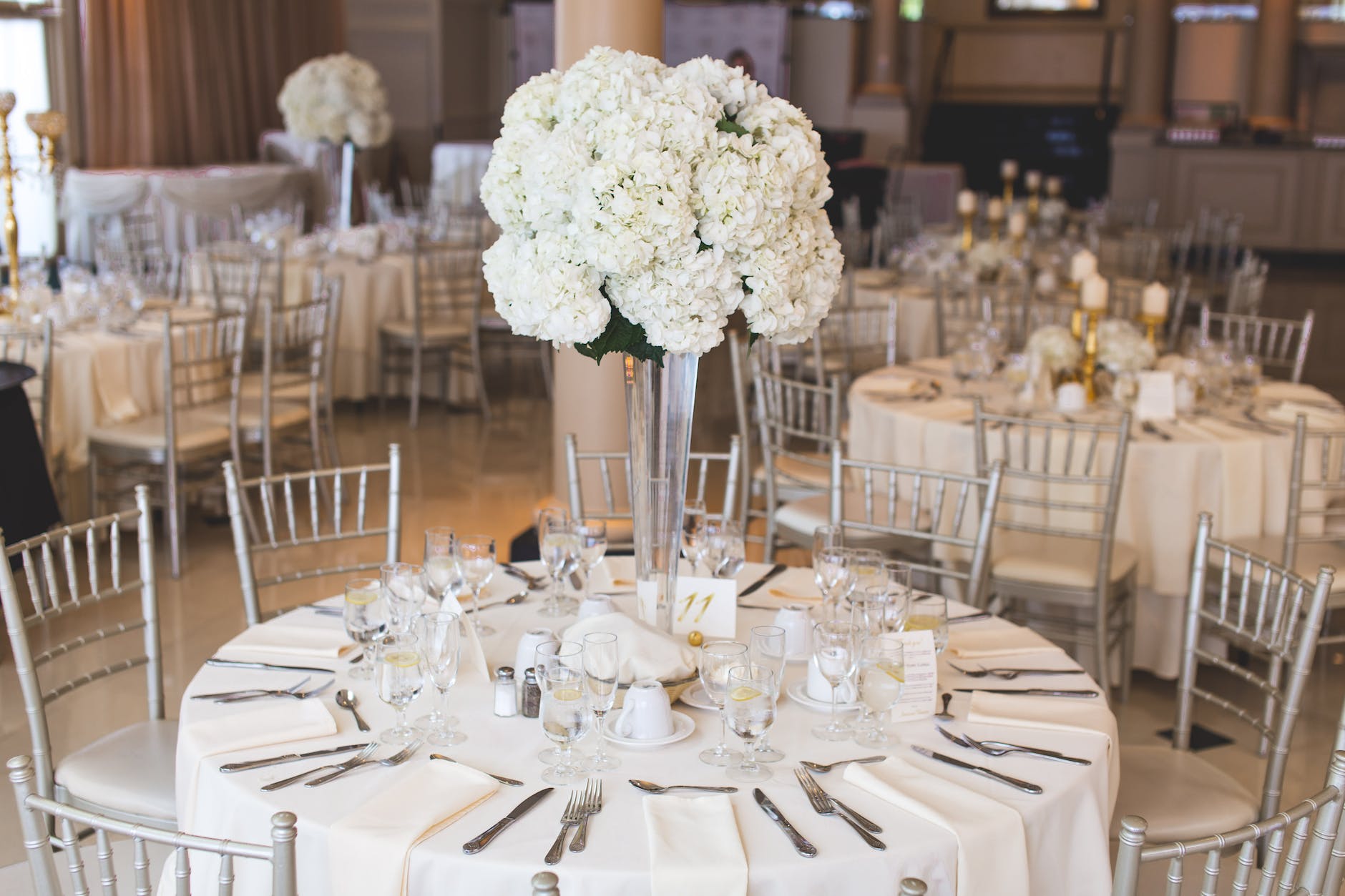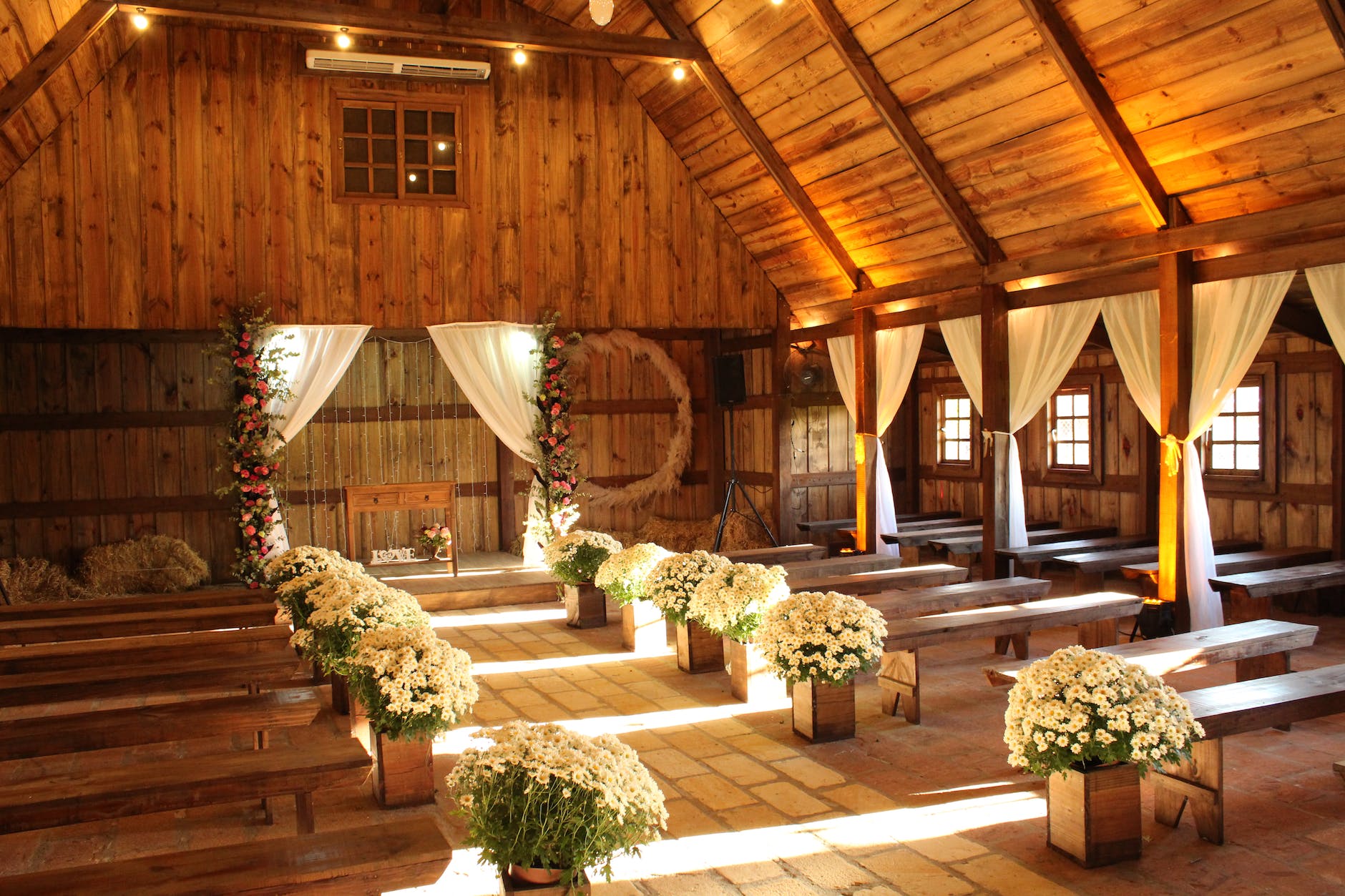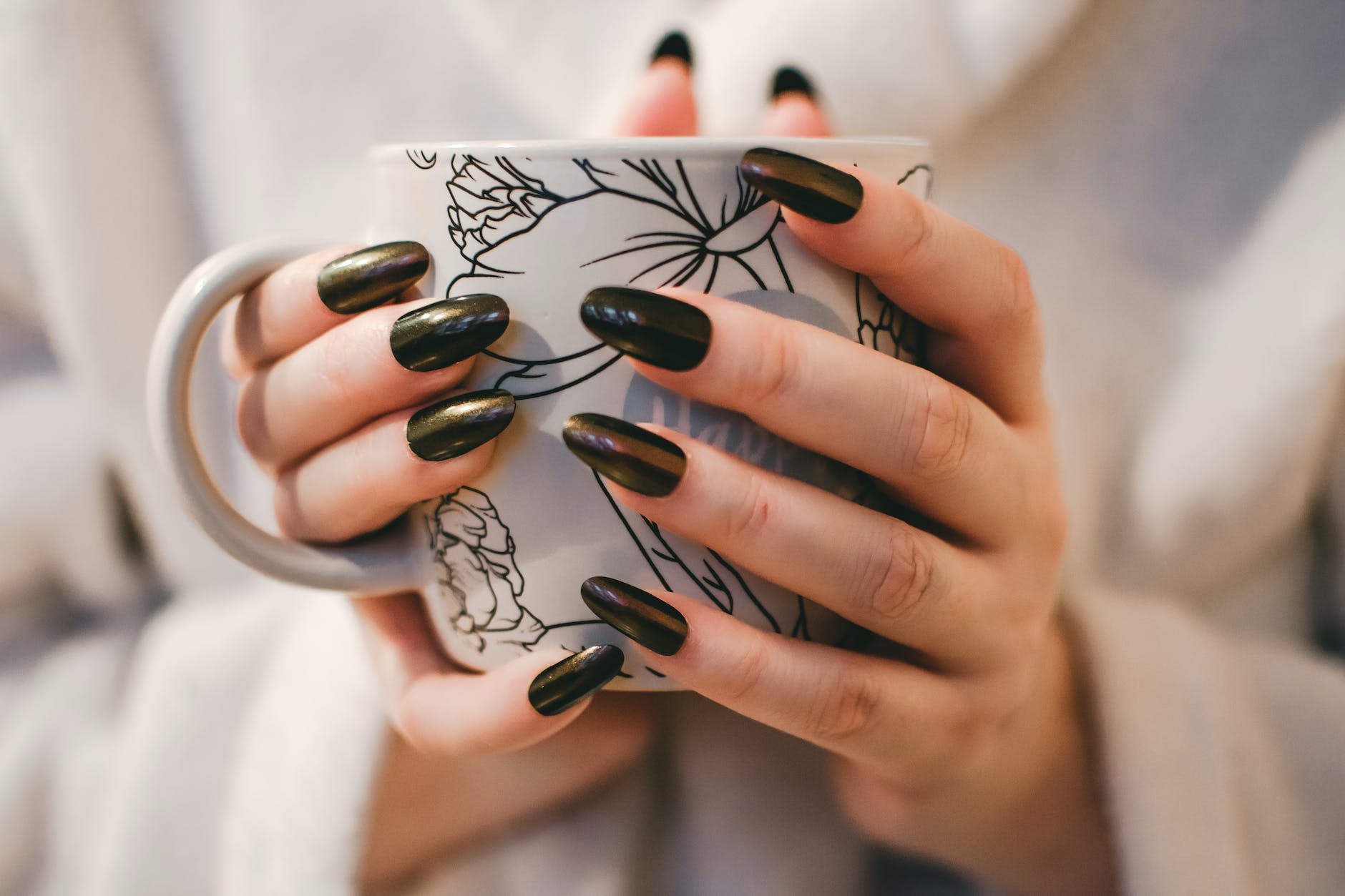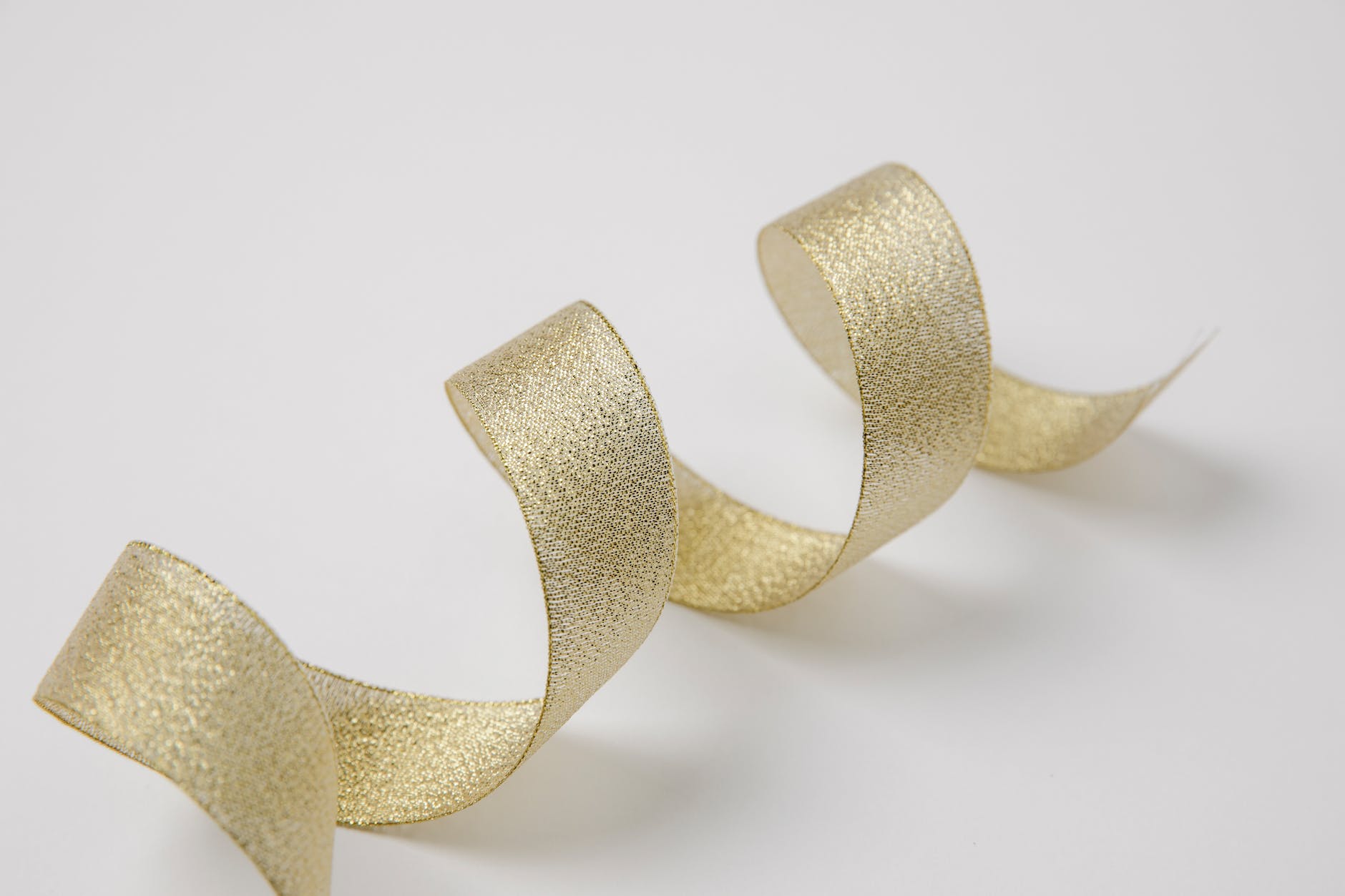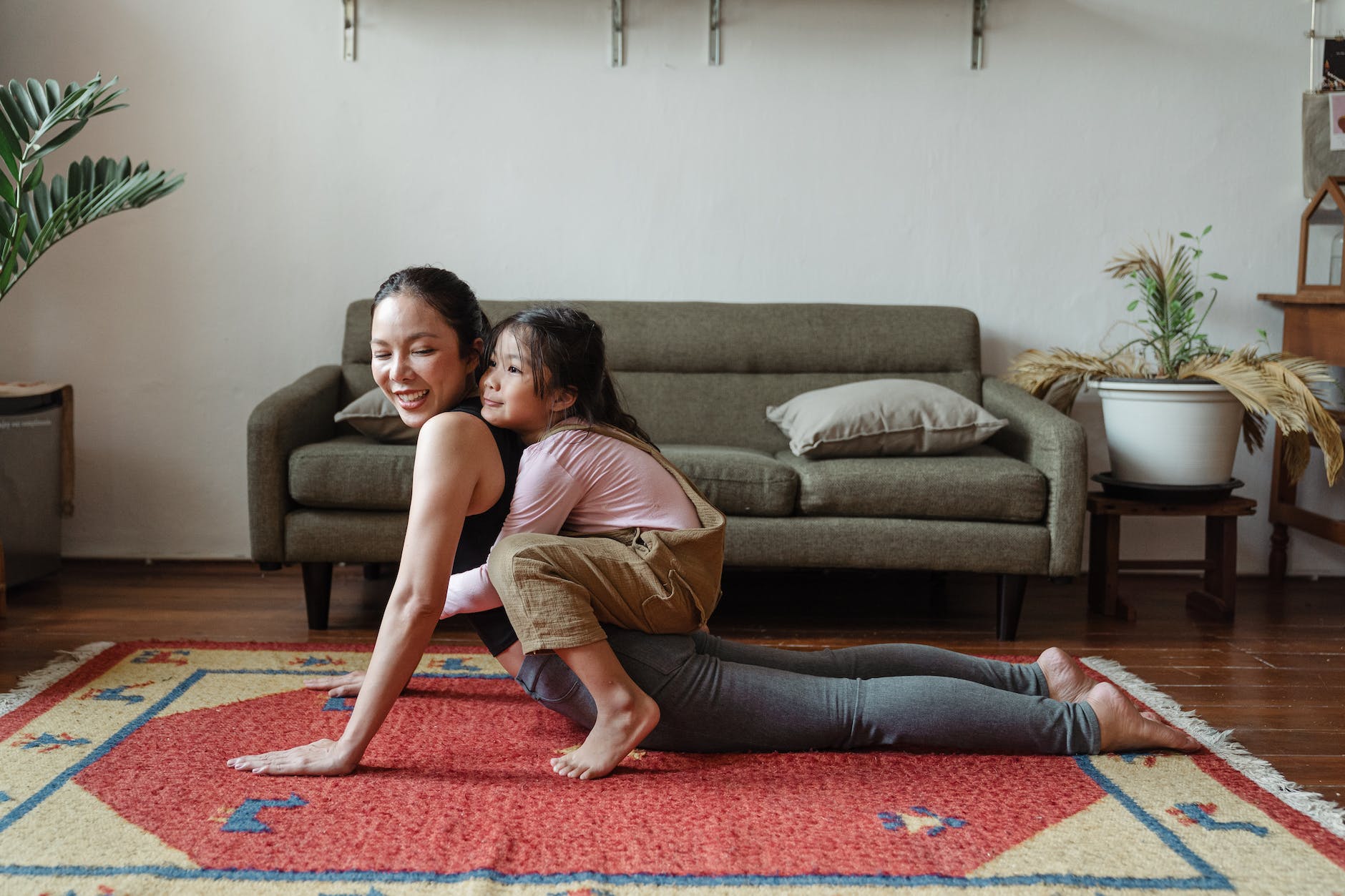Tips and ideas for decorating your home and creating a stylish and inviting space.When it comes to decorating your home, there are endless possibilities to explore. Whether you're moving into a new space or looking to refresh your current one, these tips and ideas will help you create a stylish and inviting atmosphere that reflects your personal style.First and foremost, consider the color scheme of your home. The right color palette can make a significant impact on the overall look and feel of a room. Consider the mood you want to create and choose colors that evoke that feeling. For example, cool blues and greens can create a calming and serene environment, while bold and vibrant colors can add energy and excitement.Accessorizing and styling your space is another essential aspect of home decor. This is where you can truly let your personality shine. From decorative pillows and throws to unique artwork and statement pieces, the possibilities are endless. Experiment with different textures, patterns, and materials to add depth and visual interest to your space.Speaking of statement pieces, they can be a game-changer when it comes to home decor. Whether it's a bold piece of furniture, a striking light fixture, or an eye-catching piece of artwork, incorporating statement pieces can instantly elevate the style quotient of your space. Choose one or two standout pieces and let them take center stage.When it comes to displaying artwork and wall decor, think beyond traditional frames and gallery walls. Experiment with different arrangements and consider using unconventional materials such as mirrors, shelves, or even fabric. This will add a unique and personal touch to your space.Textiles and soft furnishings are another essential element of home decor. They not only add comfort and warmth but also help to tie the room together. Play with different textures and patterns to create a cozy and inviting atmosphere. Consider using throw blankets, area rugs, and curtains to add layers and visual interest.Creating functional spaces is equally important when it comes to home decor. Consider the flow of the room and arrange furniture in a way that maximizes functionality and efficiency. Think about how you use the space and create designated areas for different activities, whether it's a cozy reading nook or a dedicated workspace.For those on a budget, DIY projects and budget-friendly ideas can be a great way to transform your home without breaking the bank. Repurposing and upcycling old items can give them new life and add a unique touch to your decor. Get creative and think outside the box!Lastly, don't forget to incorporate greenery and natural elements into your home decor. Plants not only add a touch of freshness and beauty but also have numerous health benefits. Choose low-maintenance plants and place them strategically throughout your space to create a calming and inviting atmosphere.With these tips and ideas, you'll be well on your way to creating a stylish and inviting home that reflects your personal style and makes a lasting impression on your guests.
Choosing the Right Color Scheme
Choosing the right color scheme for your home is essential in creating a cohesive and harmonious look. The colors you choose can greatly impact the overall atmosphere and mood of your space. Here are some tips to help you select the perfect color palette:- Consider the purpose of each room: Think about the function of each room and the mood you want to create. For example, calming and soothing colors like blues and greens are ideal for bedrooms, while vibrant and energetic colors like yellows and oranges can work well in living areas.
- Look for inspiration: Browse through interior design magazines, websites, and social media platforms to gather inspiration for color combinations. Pay attention to the colors used in spaces that you find appealing and try to incorporate similar shades into your own home.
- Create a color scheme: Once you have gathered inspiration, create a color scheme by selecting a main color and a few complementary colors. You can use a color wheel to help you visualize how different colors work together.
- Consider the lighting: Keep in mind the natural and artificial lighting in your home when choosing colors. Colors can appear different depending on the lighting conditions, so it's important to test samples in different areas of the room.
- Test before committing: Before painting an entire room or buying large furniture pieces, test the colors you have chosen on a small area or with swatches. This will give you a better idea of how the colors will look in your space.
Accessorizing and Styling
Accessorizing and styling your space is an essential part of creating a visually appealing atmosphere that reflects your personality. By carefully selecting and arranging decorative items, you can transform any room into a stylish and inviting space. Here are some tips to help you master the art of accessorizing and styling:- Choose a Theme: Start by deciding on a theme or style that you want to incorporate into your space. Whether it's modern, rustic, or eclectic, having a cohesive theme will guide your accessory choices and create a harmonious look.
- Showcase Your Collections: If you have a collection of items that hold sentimental value or reflect your interests, use them as decorative pieces. Arrange them in a display cabinet or on shelves to add a personal touch to your space.
- Layer Textures: To create visual interest and depth, layer different textures in your space. Mix smooth and rough textures, such as a plush rug with a sleek metal table, or a velvet cushion with a woven throw.
- Play with Colors: Accessories are a great way to introduce pops of color into your space. Choose a color palette that complements your existing decor and add accessories in different shades and hues to create a vibrant and lively atmosphere.
- Balance Proportions: When arranging accessories, consider the size and scale of each item. Balance larger pieces with smaller ones to create a visually pleasing arrangement. For example, pair a large statement vase with a cluster of smaller decorative objects.
Statement Pieces
When it comes to decorating your home, incorporating statement pieces can make a significant impact on the overall look and feel of your space. Statement pieces are bold, unique, and eye-catching items that instantly draw attention and add personality to any room.There are various ways to incorporate statement pieces into your decor. One option is to choose a standout furniture piece, such as a vibrant sofa or an intricately designed armchair. This bold furniture item can serve as the focal point of the room and set the tone for the entire space.Another way to incorporate statement pieces is through artwork and wall decor. Hang a large, striking painting or a collection of unique art pieces to instantly elevate the aesthetic of your walls. You can also opt for unconventional wall decor, such as a large vintage clock or a decorative mirror with an intricate frame.Don't forget about lighting! A statement chandelier or a unique floor lamp can instantly transform a room and create a dramatic ambiance. Choose lighting fixtures that not only provide ample illumination but also serve as a stunning visual element.If you're looking for a more subtle approach, consider incorporating statement pieces through accessories and decor items. A bold patterned rug, a vibrant throw pillow, or a unique sculpture can add a pop of color and personality to any space.Remember, the key to incorporating statement pieces is to strike a balance. While they should stand out, they should also complement the overall style and color scheme of your home. Experiment with different pieces and have fun creating a space that reflects your personal style and makes a bold and unique statement.Artwork and Wall Decor
Artwork and wall decor are essential elements in home decoration. They have the power to transform a space and add personality to your home. There are various ways to display artwork and wall decor, and each method can enhance the overall aesthetic of your space in a unique way.One popular option is to create a gallery wall. This involves arranging multiple pieces of artwork or photographs on a wall to create a visually striking display. You can mix and match different sizes, frames, and styles to create a cohesive yet eclectic look. Consider using a variety of artwork, such as paintings, prints, and photographs, to add depth and interest to your gallery wall.Another option is to use statement pieces as focal points. A large, eye-catching artwork or a unique wall sculpture can instantly draw attention and become a conversation starter. Place these statement pieces in prominent areas of your home, such as above the fireplace or in the entryway, to make a bold and memorable statement.If you prefer a more minimalistic approach, consider using floating shelves to display smaller artworks or decorative objects. This creates a clean and organized look while still adding visual interest to your walls. You can arrange the items symmetrically or play with different heights and angles for a more dynamic display.When it comes to wall decor, don't limit yourself to just artwork. Explore other options such as mirrors, tapestries, or even wall decals. Mirrors can make a space appear larger and reflect light, while tapestries can add texture and warmth. Wall decals are a fun and temporary way to add patterns or quotes to your walls without the commitment of paint or wallpaper.Remember, the key to displaying artwork and wall decor is to experiment and have fun. Don't be afraid to try different arrangements and mix different styles to find what works best for your space. The possibilities are endless, and with a little creativity, you can truly enhance the overall aesthetic of your home.Textiles and Soft Furnishings
Textiles and soft furnishings play a crucial role in creating a cozy and inviting atmosphere in your home. They not only add texture and warmth but also provide comfort and enhance the overall aesthetic of your space. Here are some tips on how to effectively use textiles and soft furnishings to transform your home:- Choose the Right Fabrics: When selecting textiles for your home, consider the durability, comfort, and style. Opt for fabrics that are soft to the touch and can withstand everyday use. Cotton, linen, and velvet are popular choices that can add a luxurious feel to your space.
- Add Layers: Layering different textures and fabrics can create visual interest and depth in your home. Mix and match throw pillows, blankets, and rugs in various patterns and materials to create a cozy and inviting ambiance.
- Play with Colors and Patterns: Use textiles as an opportunity to introduce pops of color and patterns into your space. Experiment with bold prints or opt for subtle, neutral tones to create a harmonious and balanced look.
- Consider Functionality: Besides aesthetics, think about the functionality of your textiles. For example, blackout curtains can provide privacy and block out sunlight, while thick rugs can help insulate your floors and reduce noise.
Creating Functional Spaces
Creating functional spaces in your home is essential for maximizing efficiency and ensuring that every area serves a purpose. Whether you have a small apartment or a spacious house, organizing and arranging your furniture strategically can make a significant difference in how you use and enjoy your space.Here are some practical tips to help you create functional spaces:- 1. Assess your needs: Before diving into furniture arrangement, take the time to evaluate how you use each room and what activities take place in them. This will help you determine the necessary furniture and layout.
- 2. Consider traffic flow: Arrange furniture in a way that allows for easy movement and avoids blocking pathways. Think about how people will navigate through the space and make sure there's enough room to walk comfortably.
- 3. Define zones: Divide larger rooms into functional zones to create distinct areas for different activities. For example, in an open-plan living area, use furniture placement and rugs to define separate spaces for lounging, dining, and working.
- 4. Utilize storage solutions: Incorporate furniture pieces that offer storage options, such as ottomans with hidden compartments or bookshelves with built-in cabinets. This will help you keep your space organized and free from clutter.
- 5. Optimize vertical space: If you're dealing with limited floor space, make use of vertical space by installing shelves, wall-mounted cabinets, or hanging organizers. This allows you to maximize storage without sacrificing valuable floor area.
DIY Projects and Budget-Friendly Ideas
Are you looking to give your home a fresh new look without spending a fortune? Look no further! In this section, we will explore some exciting DIY projects and budget-friendly ideas that will help you transform your home into a stylish and inviting space.DIY projects are a great way to add a personal touch to your home decor while also saving money. Whether you're a seasoned DIY enthusiast or just starting out, there are plenty of projects that you can undertake to update your space. From repainting furniture to creating your own artwork, the possibilities are endless.If you're on a tight budget, don't worry! There are plenty of budget-friendly ideas that can make a big impact on your home's aesthetic. For example, instead of buying new furniture, consider repurposing old items or giving them a fresh coat of paint. You can also shop at thrift stores or online marketplaces for unique and affordable pieces.Another great way to transform your home without breaking the bank is by focusing on small details. Simple changes like updating your curtains, adding new throw pillows, or rearranging your shelves can make a big difference in the overall look and feel of your space.So, get creative and start exploring the world of DIY projects and budget-friendly ideas. With a little bit of imagination and some elbow grease, you can turn your house into a stylish and inviting home that reflects your personal style, all while staying within your budget.Repurposing and Upcycling
Repurposing and upcycling are wonderful ways to breathe new life into old items and add a unique touch to your home decor. Instead of throwing away or replacing worn-out or outdated items, you can transform them into something beautiful and functional. Not only does repurposing and upcycling save money, but it also promotes sustainability and reduces waste.There are countless possibilities when it comes to repurposing and upcycling. One popular idea is to turn old wooden pallets into stylish and functional furniture pieces. With a little bit of creativity and some basic DIY skills, you can create anything from coffee tables and shelves to outdoor seating and planters.If you have old mason jars lying around, don't toss them out! They can be transformed into charming candle holders, storage containers, or even vases for fresh flowers. Add a coat of paint or wrap them with twine for a rustic touch.Another great way to repurpose is by giving new life to old doors or windows. These architectural elements can be transformed into unique headboards, room dividers, or even photo frames. The possibilities are endless, and the end result will be a one-of-a-kind piece that adds character to your space.When it comes to upcycling, think about how you can repurpose materials or items that would typically be discarded. For example, old wine bottles can be transformed into elegant candle holders or decorative vases. Empty tin cans can become stylish pencil holders or kitchen utensil organizers with a fresh coat of paint.Remember, repurposing and upcycling allow you to unleash your creativity and make your home truly one-of-a-kind. So next time you come across an old item, think about how you can repurpose it and give it a new lease on life. Not only will you save money, but you'll also have the satisfaction of knowing that you've contributed to a more sustainable and eco-friendly lifestyle.Adding Greenery and Natural Elements
Adding greenery and natural elements to your home decor can have numerous benefits. Not only do plants bring life and vibrancy to any space, but they also improve air quality by releasing oxygen and absorbing harmful toxins. In addition, plants can help reduce stress, boost mood, and increase productivity. So why not bring a touch of nature indoors and create a calming and refreshing atmosphere?When incorporating plants into your home decor, it's important to consider their care and maintenance. Different plants have different requirements, so it's essential to choose ones that are suitable for the lighting and temperature conditions in your home. Some plants thrive in bright, indirect light, while others prefer low-light environments. Similarly, certain plants require more frequent watering, while others are more drought-tolerant.To care for your plants effectively, make sure to provide them with the right amount of water, sunlight, and nutrients. Regularly check the soil moisture and adjust your watering schedule accordingly. It's also important to dust the leaves and prune any dead or yellowing foliage to promote healthy growth. Additionally, consider using organic fertilizers or plant food to nourish your plants and keep them thriving.Incorporating natural elements other than plants can also enhance your home decor. Consider using natural materials such as wood, stone, or rattan in your furniture, flooring, or accessories. These materials add warmth, texture, and a sense of authenticity to your space. You can also bring in natural elements through artwork, such as landscape paintings or photographs of nature scenes.To create a cohesive look, choose a color palette inspired by nature. Earthy tones like greens, browns, and blues can create a calming and serene atmosphere. You can also add pops of color with vibrant flowers or decorative pots.In conclusion, adding greenery and natural elements to your home decor not only enhances the aesthetic appeal but also brings numerous benefits for your well-being. So go ahead and embrace the beauty of nature in your living space!Frequently Asked Questions
- How do I choose the right color scheme for my home?When selecting a color palette for your home, consider the mood and atmosphere you want to create. Start by identifying your favorite colors and find inspiration from magazines or online sources. You can also use color theory to create a harmonious look by choosing colors that are complementary or analogous. Don't be afraid to experiment and test paint samples on your walls before making a final decision.
- What are some tips for accessorizing and styling my space?Accessorizing and styling play a crucial role in adding personality to your home. Start by decluttering and organizing your space to create a clean canvas. Then, choose a focal point in each room and build around it. Mix different textures, patterns, and heights to create visual interest. Don't forget to incorporate personal touches such as family photos or sentimental items. Lastly, always step back and evaluate the overall balance and harmony of your arrangements.
- How can I incorporate statement pieces into my decor?Statement pieces are a great way to make a bold and unique statement in your home. These can be large furniture items, vibrant artworks, or eye-catching accessories. To incorporate them effectively, choose one or two statement pieces per room to avoid overwhelming the space. Allow them to take center stage by keeping the surrounding elements more subdued. This will create a focal point and add visual interest to your overall decor.
- What are some creative ways to display artwork and wall decor?Displaying artwork and wall decor can enhance the aesthetic of your space. Consider creating gallery walls by arranging multiple pieces together. Mix different sizes and frames for a dynamic look. You can also use floating shelves or picture ledges to showcase your favorite pieces. Another option is to lean larger artworks against the wall for a more casual and contemporary feel. Experiment with different arrangements until you find what works best for your style.
- How can textiles and soft furnishings add warmth to my home?Textiles and soft furnishings are essential for adding texture, warmth, and comfort to your home. Incorporate cozy throw blankets, plush pillows, and soft area rugs to create a welcoming atmosphere. Choose fabrics with different textures and patterns to add visual interest. Layering textiles can also create a sense of coziness. For example, drape a faux fur blanket over a leather sofa or place a patterned rug on top of a neutral carpet.
- What are some tips for organizing and arranging furniture to maximize functionality?To create functional spaces, start by assessing your needs and the purpose of each room. Consider traffic flow and ensure there is enough space to move around comfortably. Arrange furniture in a way that promotes conversation and interaction. Don't be afraid to experiment with different layouts until you find the most functional arrangement. Utilize storage solutions such as baskets, bins, and shelving to keep clutter at bay.
- How can I transform my home on a budget?If you're looking for budget-friendly ideas to transform your home, DIY projects are a great option. Repurpose old furniture by giving it a fresh coat of paint or reupholstering it with new fabric. Get creative with accessories by upcycling items such as mason jars into candle holders or using old crates as stylish storage solutions. Explore thrift stores and flea markets for unique finds at affordable prices.
- What are some benefits of incorporating plants and natural elements into my home decor?Incorporating plants and natural elements into your home decor not only adds visual appeal but also offers numerous benefits. Plants improve air quality, reduce stress, and create a calming atmosphere. They can act as natural humidifiers and help regulate temperature. Natural materials such as wood, stone, and rattan add warmth and texture to your space. Just remember to choose plants that thrive in your home's lighting conditions and take care of them properly.


